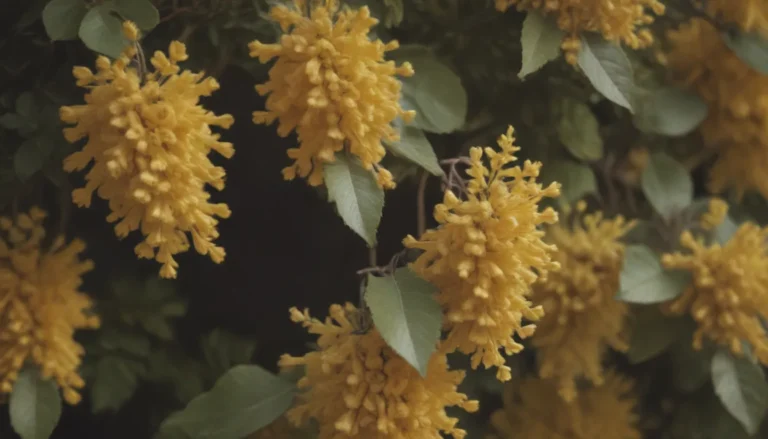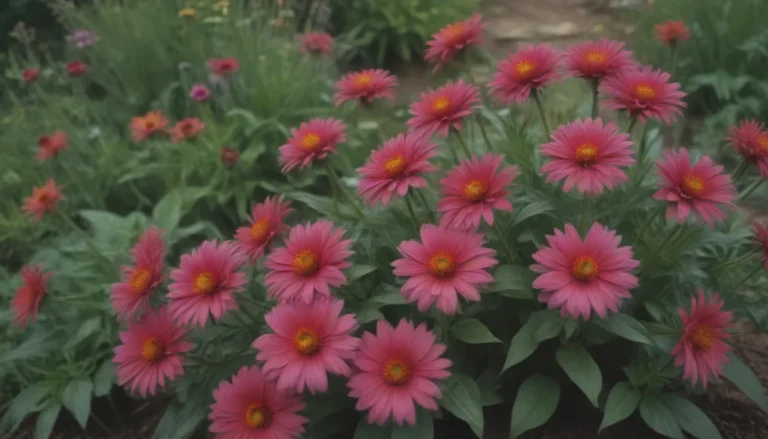A Comprehensive Guide to Identifying and Managing Crabgrass

Have you ever looked out at your lawn and noticed a tough, low-growing weed that seems to thrive even in the most challenging conditions? Chances are, you may be dealing with crabgrass. In this article, we’ll delve into what crabgrass looks like, the different types of crabgrass, its life cycle, how it spreads, and most importantly, how to get rid of it effectively.
What Is Crabgrass?
Crabgrass, scientifically known as Digitaria, is a common weed that can be found in lawns, driveways, and even sidewalks. This annual weed is characterized by its procumbent growth habit, meaning it grows close to the ground with sprawling stems that resemble the legs of a crab. Despite its tough and resilient nature, crabgrass is relatively easy to identify once you know what to look for.
What Does Crabgrass Look Like?
Crabgrass is typically a coarse, light green grass that forms clumps in your lawn. When young, its blades are about the thickness of a pencil, but as the stems grow, they become heavier and develop a star-shaped pattern in the middle. This distinct growth pattern sets it apart from other types of grass like fescue. Additionally, crabgrass has a low profile that makes it hard to cut with a lawnmower, allowing it to thrive in various conditions.
Types of Crabgrass
There are two main types of crabgrass: smooth crabgrass and hairy crabgrass. Smooth crabgrass is more common and grows to an average length of 2.5 feet, while hairy crabgrass can reach up to 3.5 feet when fully mature. Hairy crabgrass is aptly named for the tiny hairs found on its leaves and stems, giving it a more coarse appearance compared to smooth crabgrass, which lacks these hairs.
Life Cycle of Crabgrass
As an annual plant, crabgrass lives for only one year and reproduces mainly through seed production. The seeds begin to sprout in mid-spring when the soil temperature reaches 55 degrees Fahrenheit, with most seeds germinating at an average soil temperature of 73 degrees Fahrenheit. Crabgrass becomes more problematic in summer due to its tolerance for hot and dry conditions, making it the last green thing on your lawn before a late fall frost kills it off.
How Crabgrass Spreads
Unlike some weeds that spread through rhizomes, crabgrass only spreads through seeds. This means that controlling the spread of crabgrass is primarily focused on preventing the seeds from germinating. Although it can root at nodes if its stems touch the ground, the spread of crabgrass is limited compared to other invasive plant species.
How to Get Rid of Crabgrass
To effectively eliminate crabgrass from your lawn, it’s essential to break its life cycle by preventing seed germination. Several methods can be used, including herbicides and promoting a healthy lawn. Post-emergent and pre-emergent herbicides are key tools in controlling crabgrass growth. Hand-pulling large seedlings and removing dead plants can also help in managing infestations. Additionally, reseeding bare spots with healthy grass and applying mulch can create a barrier to prevent crabgrass from taking root.
Key Tips for Managing Crabgrass:
– Use post-emergent herbicides to kill existing crabgrass.
– Apply pre-emergent herbicides to prevent seed germination.
– Maintain a healthy lawn to suppress weed growth.
– Hand-pull large crabgrass seedlings to prevent spread.
– Remove dead crabgrass plants to eliminate future growth.
– Reseed bare spots with healthy grass to fill in gaps.
– Mulch to create a barrier against crabgrass invasion.
Keep in mind that even if you successfully eradicate crabgrass with herbicides, it’s essential to remain vigilant as seeds from neighboring properties can still spread to your lawn. By implementing a comprehensive management plan that includes both chemical control and cultural practices, you can effectively combat crabgrass and maintain a lush, weed-free lawn.
In conclusion, crabgrass may be a resilient weed, but with the right approach and proper maintenance, you can keep it at bay and enjoy a healthy, vibrant lawn. By understanding its growth habits, life cycle, and effective control methods, you can take charge of your lawn’s health and beauty. Remember, a little prevention goes a long way in the battle against crabgrass!





